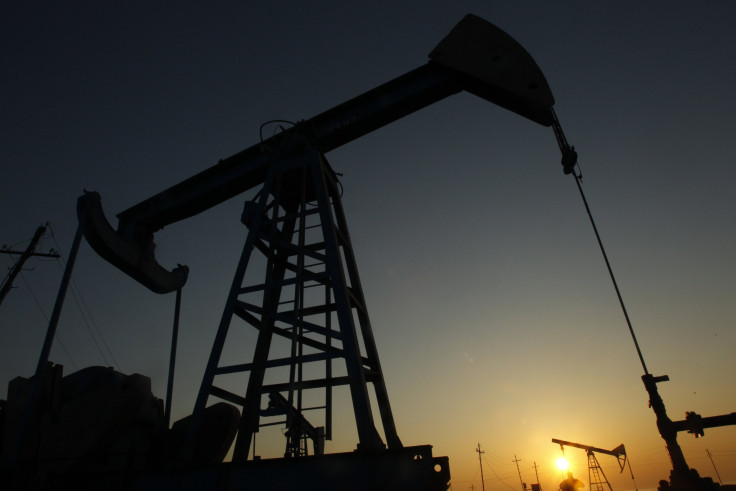Oil Price To Rise Only Gradually By 2020: Energy Agency

By Amanda Cooper
LONDON (Reuters) -- Oil is unlikely to return to $80 a barrel before the end of the next decade, despite unprecedented declines in investment, as yearly demand growth struggles to top 1 million barrels per day, the International Energy Agency said on Tuesday.
In its World Energy Outlook, the IEA said it anticipates demand growth under its central scenario will rise annually by some 900,000 barrels per day to 2020, gradually reaching demand of 103.5 million bpd by 2040.
The drop in oil to around $50 a barrel this year has triggered steep cutbacks in production of U.S. shale oil, one of the major contributors to the oversupply that has stripped 50 percent off the price in the last 12 months.
"Our expectation is to see prices gradually rising to $80 around 2020," Fatih Birol, the executive director of the IEA, told Reuters ahead of the release of the report.
"We estimate this year investments in oil will decline more than 20 percent. But, perhaps even more importantly, this decline will continue next year as well."
"In the last 25 years, we have never seen two consecutive years where the investments are declining and this may well have implications for the oil market in the years to come."
Oil companies have grappled with the downturn and a "lower for longer" price outlook by slashing spending, cutting thousands of jobs and delaying around $200 billion in mega-projects around the world.
The IEA estimates investment has already fallen by 20 percent this year.
Higher-cost producers in Canada and Brazil, as well as the United States are likely to fall victim to low oil prices faster than most exporters, but these declines could be offset by supply growth in Iraq and Iran.
OIL SECURITY
Birol said the Middle East, which already provides about a third of the world's oil, could see exports equate to more than two thirds of total supply, particularly in a sustained environment of $50 oil prices.
"We have to think carefully about the oil security implications of a very few number of countries exporting a big chunk to the global markets alone," he said.
Yet unrest in Iraq, now OPEC's second-largest producer, and ageing infrastructure could hamper raising output there. Iran, expected to be free of Western sanctions this year, needs major investment to return to the 2.5 million bpd in production seen prior to 2012.
On the demand side, the IEA expects total energy consumption in China, the world's largest commodity consumer, to be double that of the United States by 2040.
But greater efficiency and a shift away from heavy industry for economic growth will mean China will need 85 percent less energy to generate each unit of future economic growth than it did in the past 25 years.
India will be the chief driver of rising demand, where the IEA expects consumption to increase more than anywhere else, hitting 10 million bpd by 2040.
Birol said that while the agency's base-case scenario was not one in which the oil price languished around $50 a barrel for the next decade, it could not rule out a sustained period of low oil prices.
Low near-term global economic growth and a lasting switch by OPEC to a policy of pumping oil at record rates to increase its market share and more resilient non-OPEC supply could conspire to keep the oil price lower for longer.
"The oil price in this scenario remains close to $50 a barrel until the end of this decade, before rising gradually back to $85 a barrel in 2040," the IEA said in its report.
"In the low-oil price scenario, the Middle East's share in the oil market ends up higher than at any time in the last forty years," the report said.
(Reporting by Amanda Cooper; Editing by William Hardy)
© Copyright Thomson Reuters 2024. All rights reserved.







